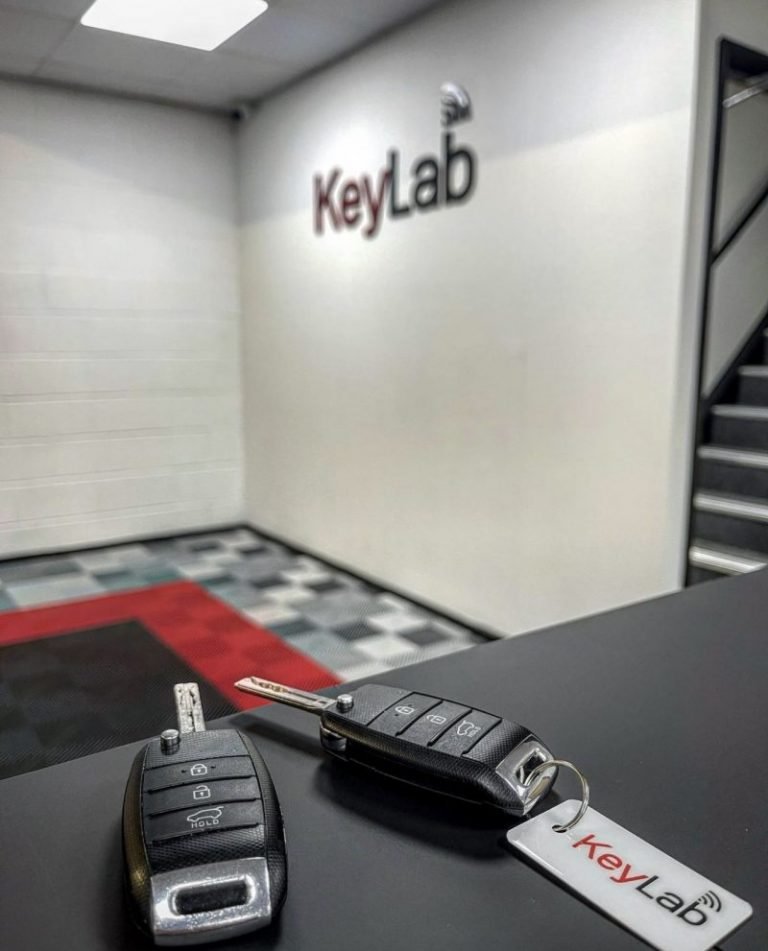Automotive Diagnostics
There are many kinds of diagnostic tools that can be employed for automotive purposes. This includes back-pin probing Pattern recognition algorithms and Component failure warning systems. These diagnostic tools can help you communicate with remote assistance facilities and also identify component problems. These tools are essential to ensure that your car is safe while on the road.
Warning system for component failure
Modern vehicles come with a myriad of electronic and internal systems that monitor the performance of the vehicle. A malfunction can cause these systems to malfunction. A warning signal will be sent to the driver in the event that an element of the vehicle is not functioning properly. Some warning lights indicate something minor like the gas cap being loose. Other warning lights could signal a more serious issue.
A system that detects malfunctions can store data that will help repair technicians to identify the problem and repair it. If it is able to detect a problem early enough, the repair technician can address the problem quickly and easily. A vehicle owner can increase its security and lower maintenance costs by following these warnings.
Modern vehicles have an onboard computer diagnostics system that continuously examines all major functions and systems. It monitors the efficiency of fuel and harmful emissions, as well as other vehicle functions. A warning light will flash on the dashboard if an element is damaged. This system is called OBD and is utilized in personal vehicles as well as commercial vehicles. It is now an industry standard, and makes diagnosing much simpler.

These warnings take the form of Diagnostic Trouble Codes, or DTCs, which are the result of a diagnostic process which determines the root of a problem. Diagnostics involve the thorough search of service information as well as pin-point tests of the vehicle, and then examining the affected areas. To correctly diagnose a vehicle's problems it is essential to understand the meaning behind these codes.
Communication between a vehicle and an assistance facility via remote
If you want a remote assistance facility to work with your vehicle, you need to have a method of communicating with it. V2V communication (vehicle-to-vehicle) is a way to connect with other vehicles wirelessly and share information. This technology allows the transmission and reception of omni-directional messages at up 10 times per minute. It also allows vehicles to maintain 360-degree awareness of other vehicles. It also collects information from vehicles around it to warn drivers of imminent accidents. These systems can also use tactile, audible, and visual alerts to assist drivers avoid accidents.
Back-pin testing
Back-pin probing is one of the techniques in automotive diagnostics which uses sharp pins to make contact with automotive connectors. These probes can be used in all vehicles and are usually affordable. They are useful for making live circuit measurements without causing damage to connectors. This eliminates the need for puncturing the wire insulation.
Many technicians prefer to use back-probing for automotive diagnostics. It is more convenient than using a wire probe to cut through insulation. These tools can be easily fitted into automotive connectors with a variety of tips. Many specialty back-probes feature a small diameter which can help reduce the amount of leverage applied to the connector.
A lot of automotive diagnostic kits come with multiple connectors and probes like banana plugs and alligator clips. Some kits come with different test kits. These kits enable you to quickly and quickly measure the electrical signals that signal that there is a problem with your vehicle.
Back-pin probing is among of the most efficient methods to test automotive connectors. It lets you quickly connect and disconnect the test leads. Another benefit of this diagnostic method is that it's cost-effective. This method will help you save time, money as well as labor.
On-board diagnostics
On-board diagnostics in automotive systems can provide drivers with important information about the health of their vehicle. It can also notify them when their vehicle requires maintenance or repair. www.thekeylab.co.uk can boost fuel efficiency and reliability. It can also inspire manufacturers of automobiles to develop better engines and increase car safety. These systems also aid drivers in saving time as well as money and allow them to check how their car is performing without needing to visit mechanics.
Before the introduction of on-board diagnostics that were standard, manufacturers needed to create their own systems. The first versions of the system had their own connectors that were proprietary to them electronic interfaces, electronic connectors, and custom codes that were used to report a malfunction. The first systems were released in 1968 and in 1978 by Volkswagen and Datsun. The Society of Automotive Engineers (SAE) eventually required all cars to have the technology. California also mandated that all vehicles have on-board diagnostics by 1994.
The on-board diagnostics systems are so advanced that they run with the same computing power as a desktop computer. They are compatible with a variety of mid-speed networks and are increasingly capable of handling massive quantities of data. Additionally, many on-board diagnostics systems include a vehicle speed sensor that is able to detect roads that are rough. The sensors are incorporated into the engine control unit of the vehicle, or ECU.
OBD systems can spot problems in the engine of a car and activate a warning light within the instrument cluster. Once it is able to identify the issue then the OBD system stores a diagnostic trouble code. To decode the trouble signal, a mechanic can connect a scanner to the OBD connector located below the dashboard. While reading a trouble-code is useful, it doesn't necessarily indicate that a mechanic knows what's wrong with the vehicle.
